Author: Tomáš Jirouch
The Dracula Journey is one of the most successful history-oriented events organized in the fortified ideal city Josefov (CZ). The event takes place in early November and spans two evenings, capturing the spooky and eerie emotions associated with this time of year. It is the only event conducted exclusively at evening/night. Although Halloween is not traditionally celebrated in the Czech Republic, the event is inspired by its local counterpart Dušičky (memorial day), a holiday focused on visiting cemeteries and honoring the dead. The concept of the Dracula Journey reflects this tradition by reviving the memory of Josefov’s deceased residents and inspiring figures. All characters are depicted as dead individuals, often with costumes and makeup reflecting their job or manner of death—for example, a woman who was shot might have an appropriate “wound.” The atmosphere in the underground is naturally eerie and unsettling, so the characters do not need to rely on actively scaring the visitors, such as using jump scares. Instead, the event creates a more subtle and immersive “haunted castle” experience that stays true to the historical context of the fortress.
Business Model
The event operates on a pre-registration system, where small groups of up to six people set off on an underground route every five minutes — without a guide (the path is illuminated by candles and other light sources, creating a mysterious yet safe atmosphere). Before entering the first station, visitors have the opportunity to get a spooky face painting — something especially popular among children. Each group also receives its own lantern with a candle, adding to the atmosphere and helping them find their way through the underground corridors. The entrance fee is 4 EUR per person (total income making app. 2 600 EUR). While in previous years many groups consisted of adults and teenagers, in recent times the majority of participants have been families with children. Three weeks before the event (2025), 67% of all tickets are already sold out, decreasing costs for event promotion. On the day of the event, it is not possible to purchase tickets on site, as the event is typically fully booked in advance. Occasionally, a single spot may remain available within a six-person slot — for example, when a family registers with only five members. The ticket revenue covers the costs of the event during its operation days; however, it is also necessary to account for the extensive preparations that begin roughly a month in advance. Even with these additional efforts, the event maintains a fairly good level of economic profitability. The characters are portrayed by permanent guides who work throughout the year for Josefov as classical underground guides on a temporary contract basis.
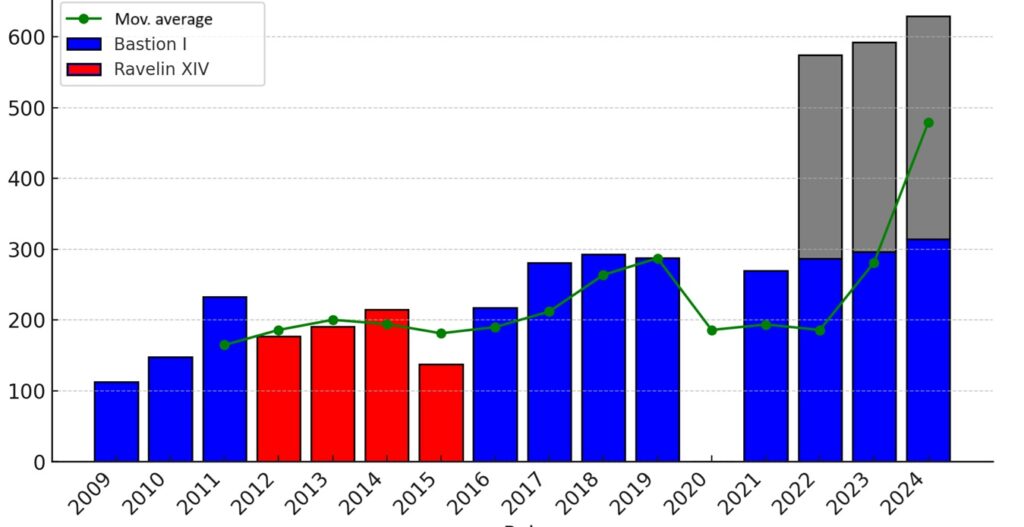
Visitor numbers: Since 2022, the event has expanded into a two-day format. The colors in the chart represent different venue locations. At present, the event is hosted in the Bastion I Tourist Area, having previously taken place for four consecutive years at the Ravelin XIV site. Attendance peaked last year, reaching over 600 visitors.
Along the route (app. 1 km), stations are evenly distributed throughout the underground corridors. At each station, participants complete small tasks and collect stamps as proof of their achievements, with some rewards at the end (or at the sites). At each station, a character invites you to experience a unique chapter of their life, whether it’s helping them light a candle, find lost treasures, or simply share a moment of their story. Looking back, we can track 55 different stations from previous years, with different tasks, settings, and story lines.
Characters and Stories
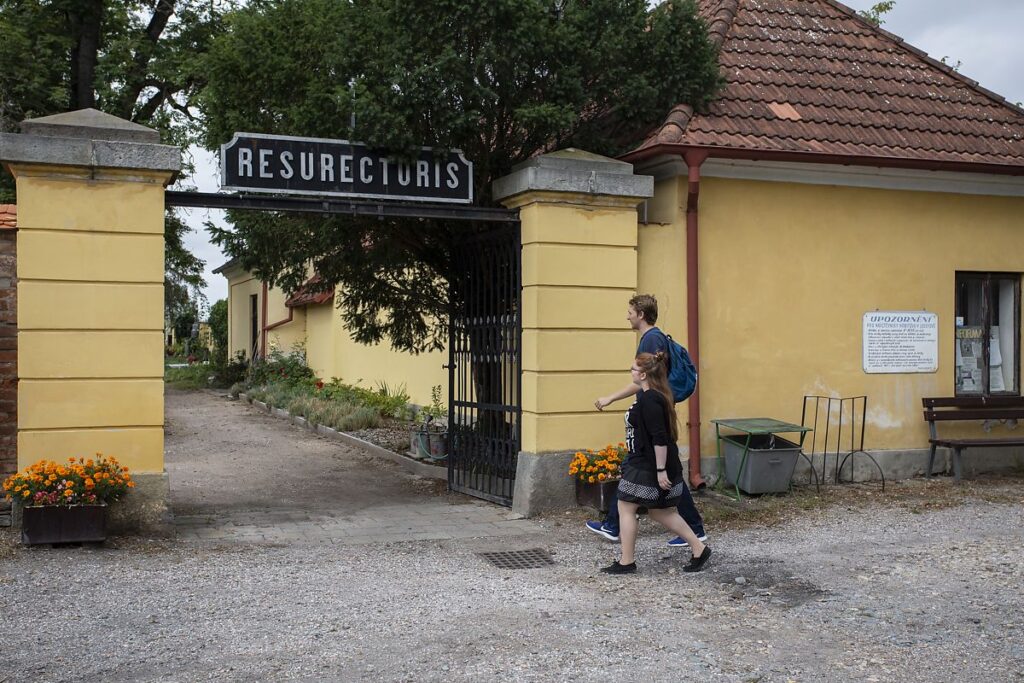
The characters are mainly “resurrected” from the Josefov (military) cemetery, with their stories based on information from historical chronicles. While some were well-known in their time, they were not extraordinary figures—ordinary individuals with compelling stories. The characters span different time periods, from the 18th century to the latter half of the 20th century. This mix of everyday people allows visitors to emotionally connect with their stories while learning about Josefov’s history.
Each year, our coordinators search the records for new names to ensure that the stories do not repeat. Repetition of names occurs only rarely, as we draw from a wealth of available historical data. There have been attempts to thematically link the characters, but the event primarily maintains the character of mutually separate storylines. However, all the characters are connected to history of the fortified city. All characters represent people who actually lived in the past, which adds significant qualitative value to the event. This aspect is available to visitors who not only wish to be entertained but also want to learn more about local history. In this way, the event helps to preserve collective memory. In fact, we even received a letter of thanks from the descendants of one of the portrayed individuals, expressing their appreciation that we honor the memory and work of their ancestor. The event’s horror elements stem from the characters’ often tragic deaths, which are accentuated by the extensive underground setting.
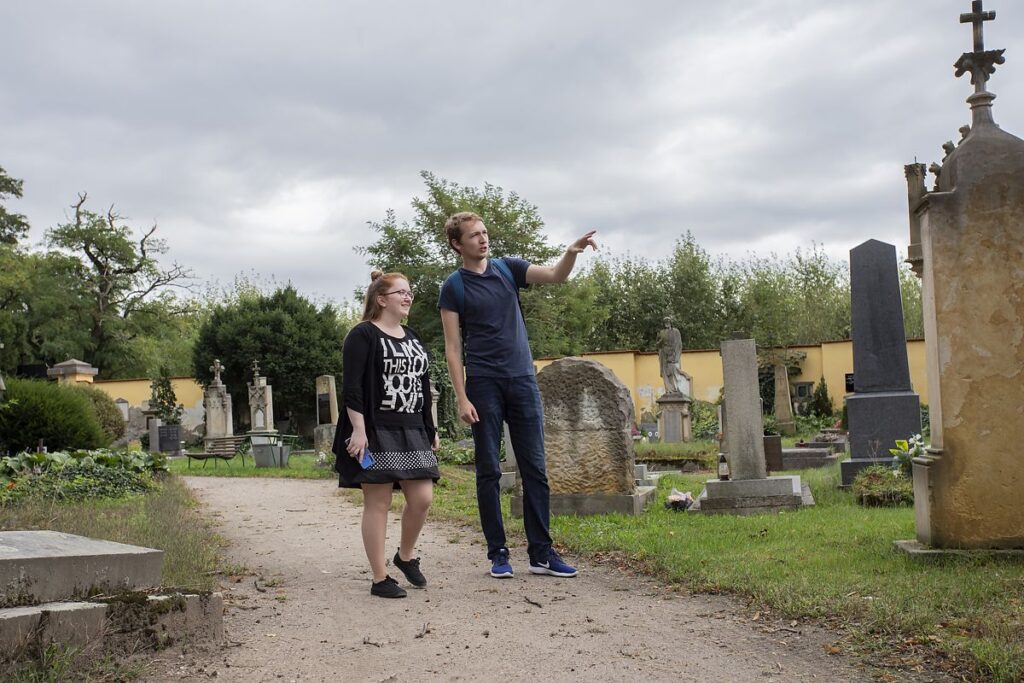
2024 as an example
Here’s a short summary of the characters resurrected for the 2024 Dracula Journey, with some intriguing personal touches:
Valuška Dvořáková – Symbolic Grave of WWII Victims
A twelve-year-old schoolgirl, who tragically died in Josefov from a bullet wound on May 5, 1945, during the last days of WWII. Valuška’s spirit guides visitors on their journey, asking them to collect flowers she once saw on her way to school—the very path where she was shot—a haunting reminder of the innocence lost during the war.
“Please bring me flowers… I can’t go back to them now.”
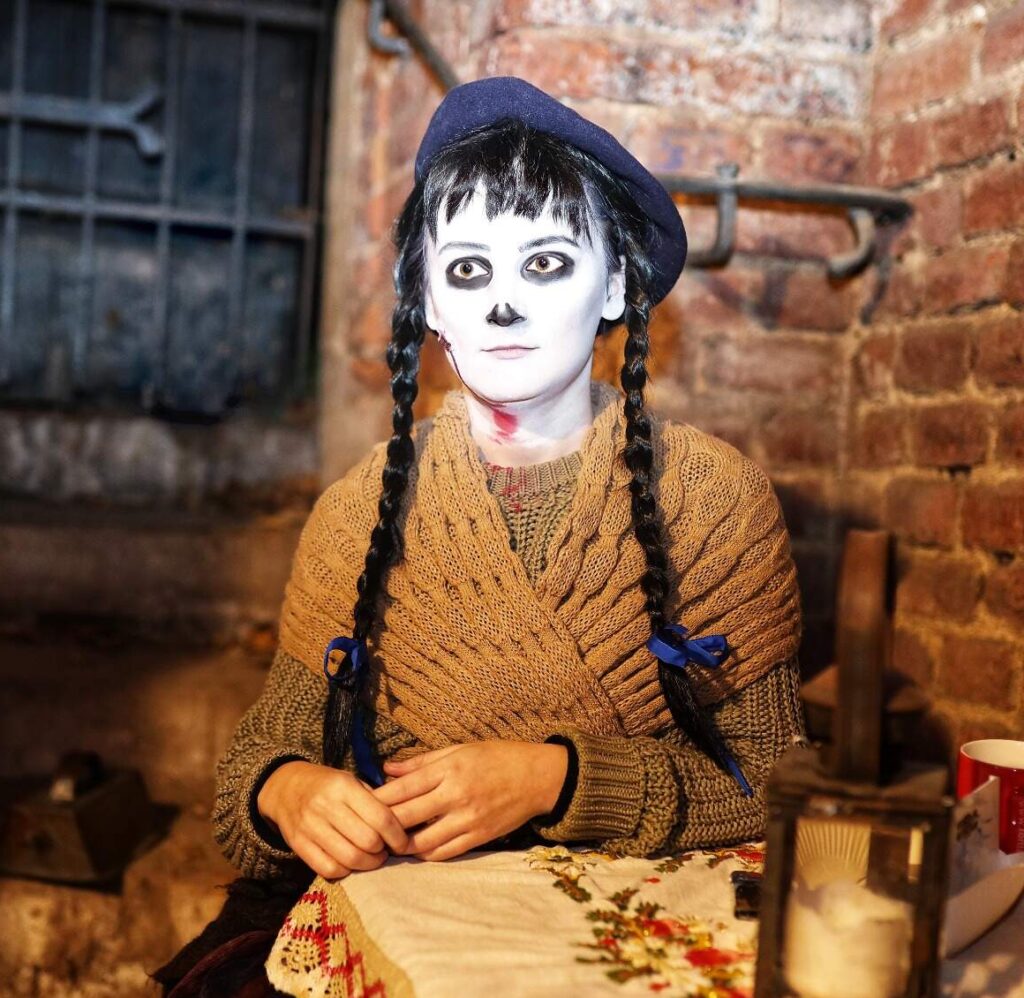
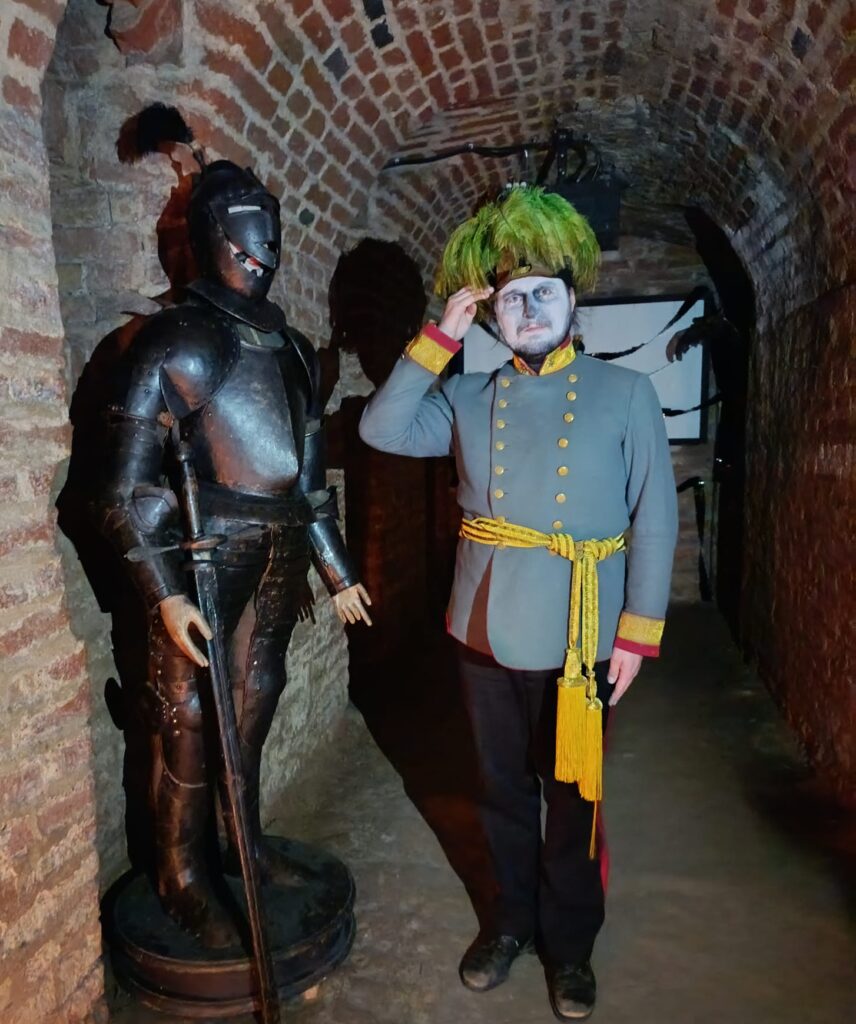
Maxmilián von Reisinger – Grave no. 584, III. Section
Born on August 11, 1772, Maxmilián was a distinguished military leader and the fortress’s commander, remembered for his monumental funeral in 1848, where a black knight in armor led the procession.
“I was once the fortress commander. Many came to my funeral in 1848. Will you light a candle for me?”
Jan Rumpelmayer – Grave no. 48, I. Section, portrayed by his wife Kateřina Rumpelmayerová
A stonemason from Bratislava (SK), Jan arrived in Josefov in 1781 to build the fortress. As a later representative and legal advocate for the town, his labor shaped much of the town’s architecture.
“We came to build the fortress, and we stayed here. Can you help us break these stones?”
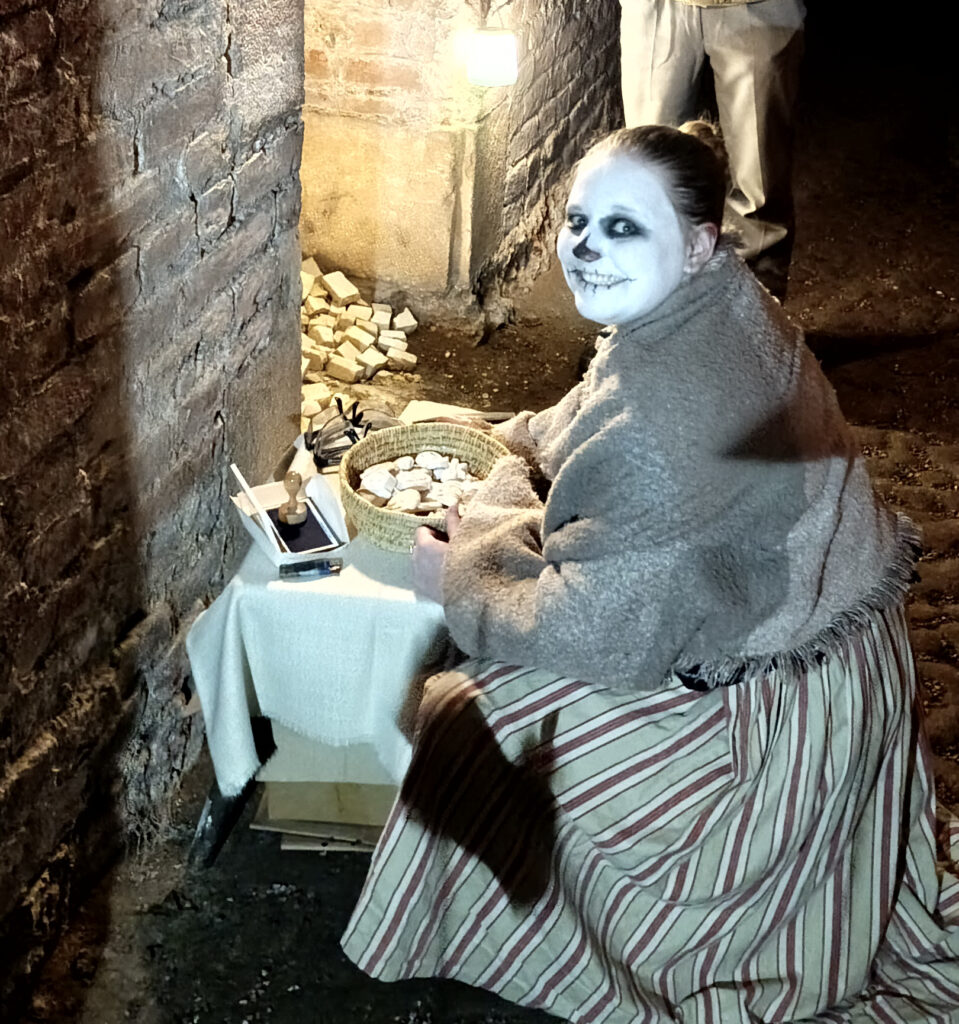
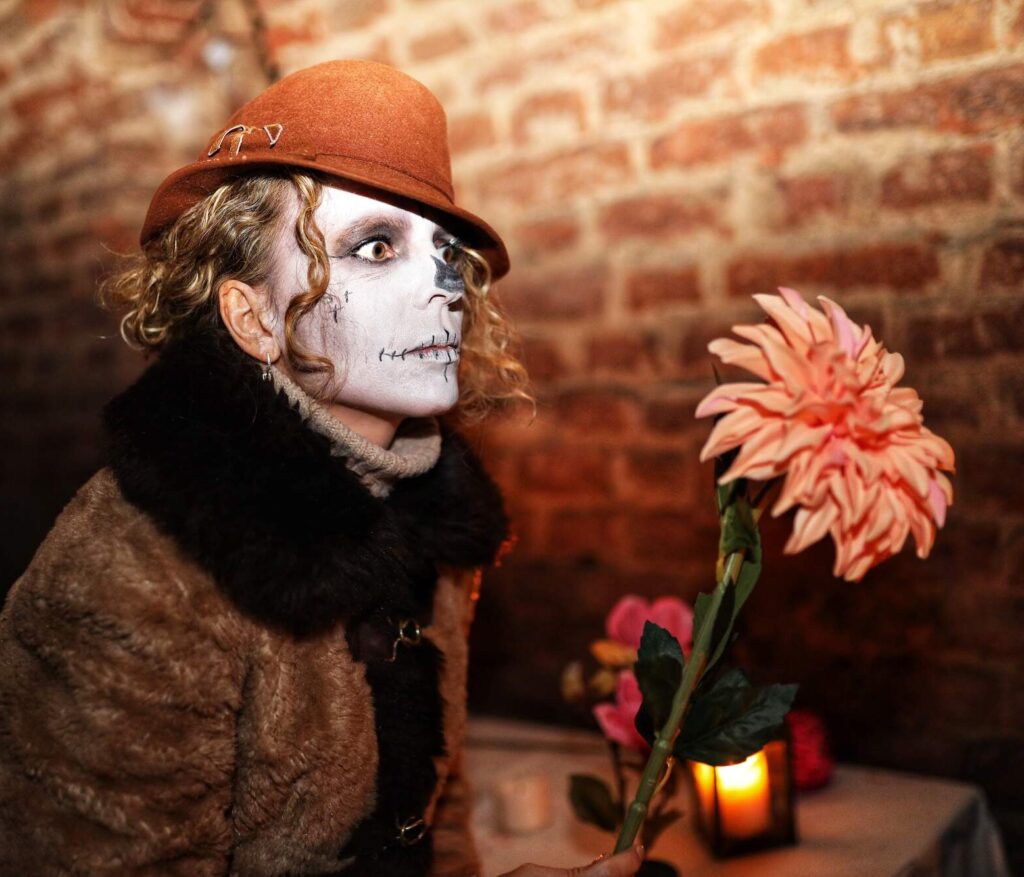
Kateřina Šobrová – Grave no. 17, IV. Section, 1869–1929
From a family of gardeners, Kateřina’s life intertwined with flowers. She loved them so much that they became part of her memory.
“I’m from a gardening family. Can you help me sort out these five flowers? Which one is the magnolia, and which is the rose?”
Karel Zelený – Grave no. 84, III. Section
A local photographer, Karel captured the faces of many in Josefov, including battlefields and memorials of the 1866 war. His legacy lives on in his photographs.
“Welcome to my studio. Let me take your picture. Just sit here and I’ll capture you for eternity.”
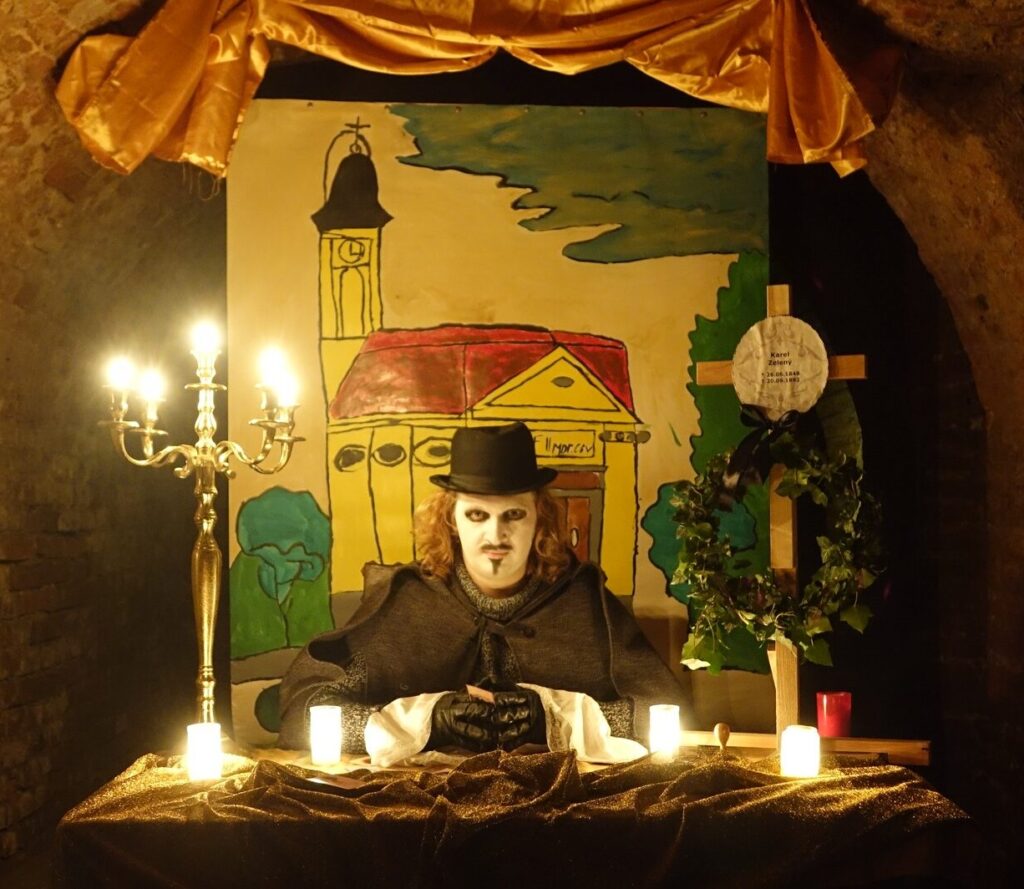
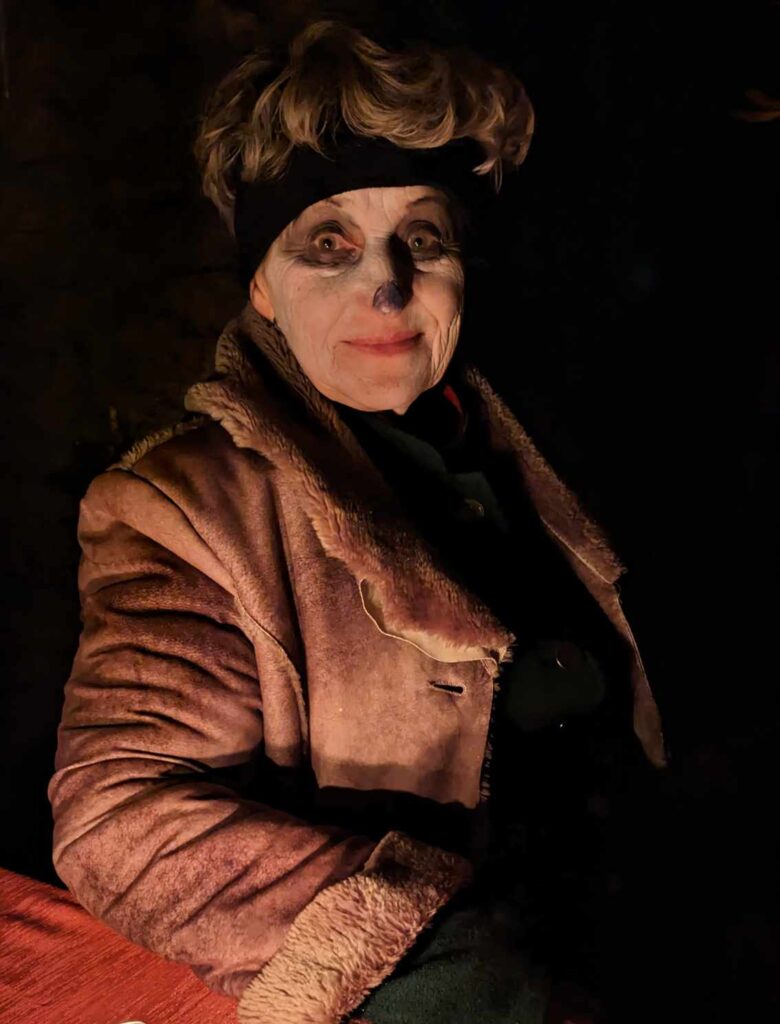
Karel Dvořák – Guard, portrayed by his mother Marie Dvořáková
Karel, born October 17, 1852, had a tragic end. His family believed a cursed cross, which he had found as a child, brought misfortune. In 1904, Karel died mysteriously after inhaling vapors from a burned body.
“I am Marie, Karel’s mother. The cursed cross has caused too much pain to our family. Can you help me hide it?”
Kátinka Borzagová – Grave of unrequited love, 1807-1827
Kátinka tragically poisoned herself in her young age due to a love unfulfilled; she couldn’t marry her beloved, Lieutenant Famagolli.
“I waited for him to come, but he never did. My heart still aches… please write me a message, something nice to cheer me up.”
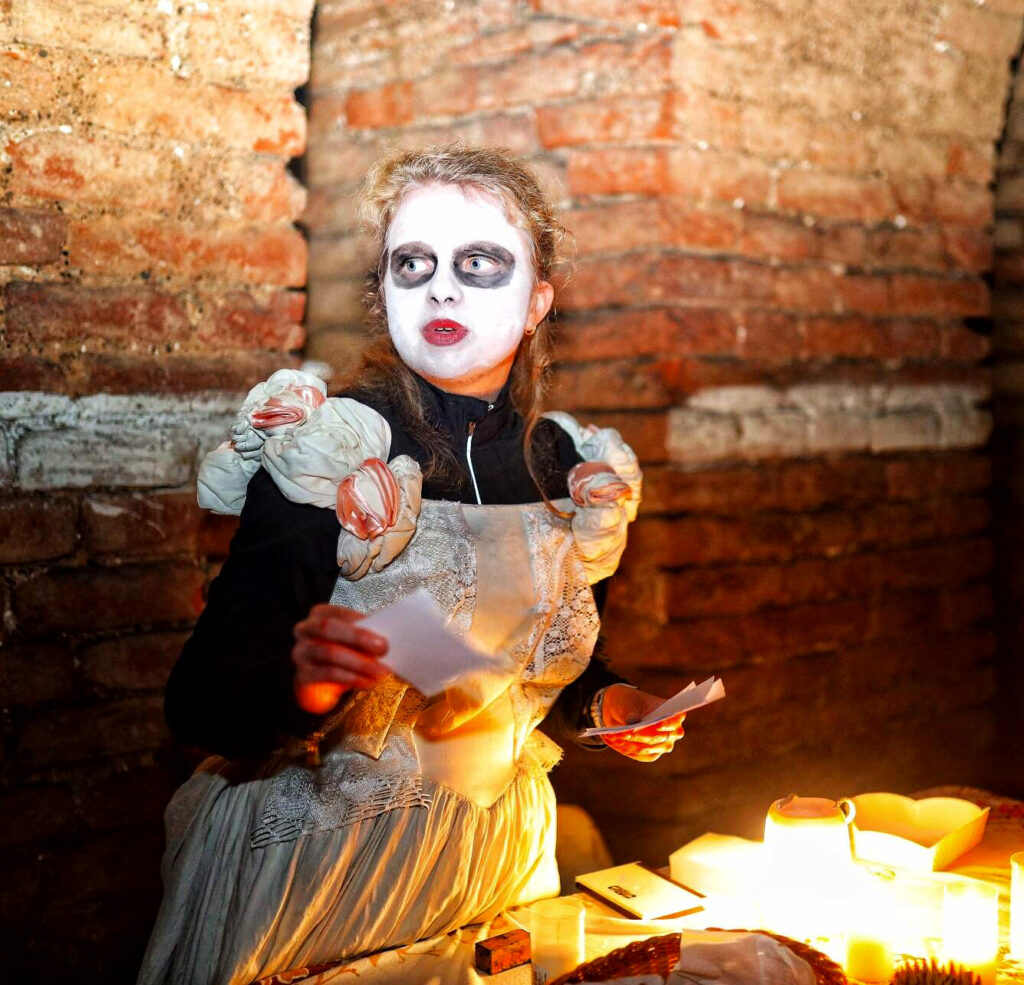
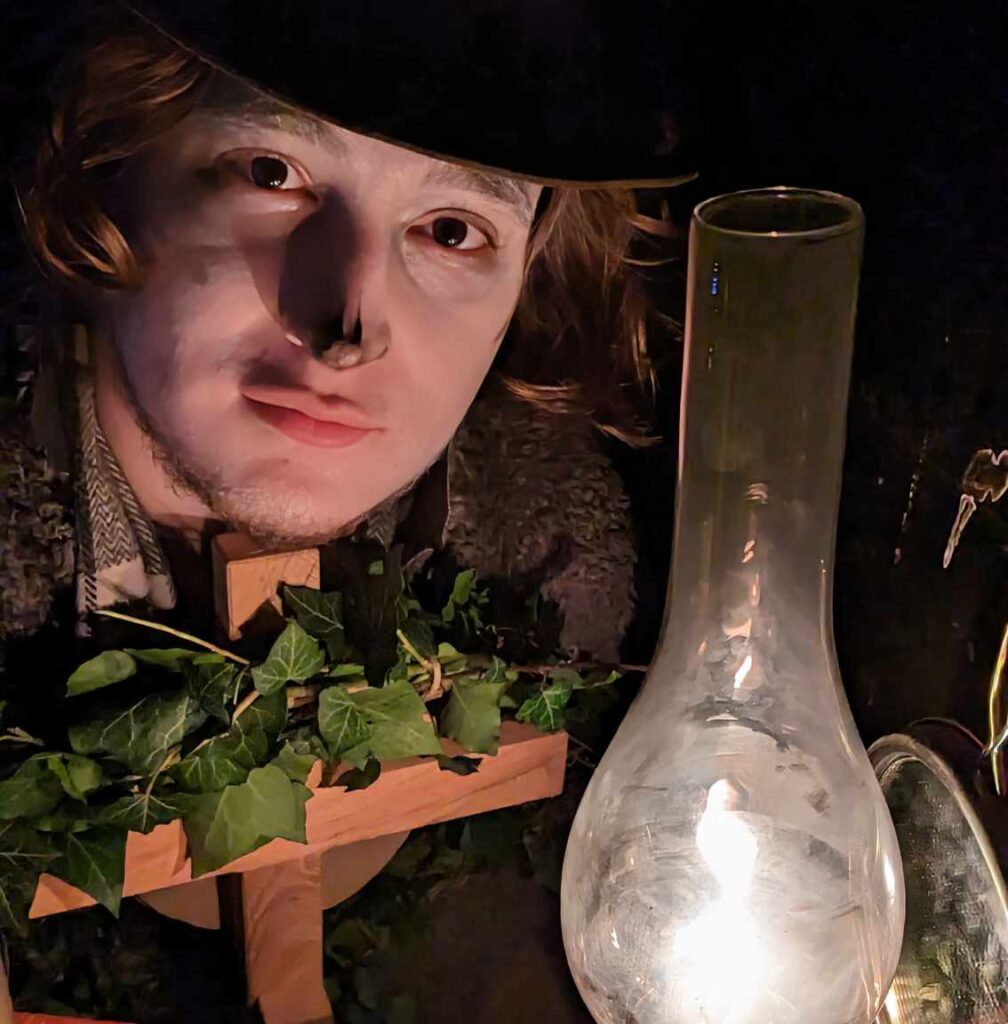
Vincenc Kulič – Grave no. 92, II. Section, 1851-1911
A humble man who spent his life in the town’s poorhouse, Vincenc saved money from alms and purchased school supplies, which he then gave to local children.
“I may have been poor, but I still managed to save enough to help children with their studies. Find the supplies I left for you.”
Jindřich Balzar – Grave no. 74, III. Section, 1879-1947
A world-renowned magician and performer, Jindřich’s career took him across the globe, even to Broadway. His shows were a dazzling spectacle, captivating audiences for decades.
“I traveled the world for 40 years, performing magic and mesmerizing audiences. Would you like to see a trick?”
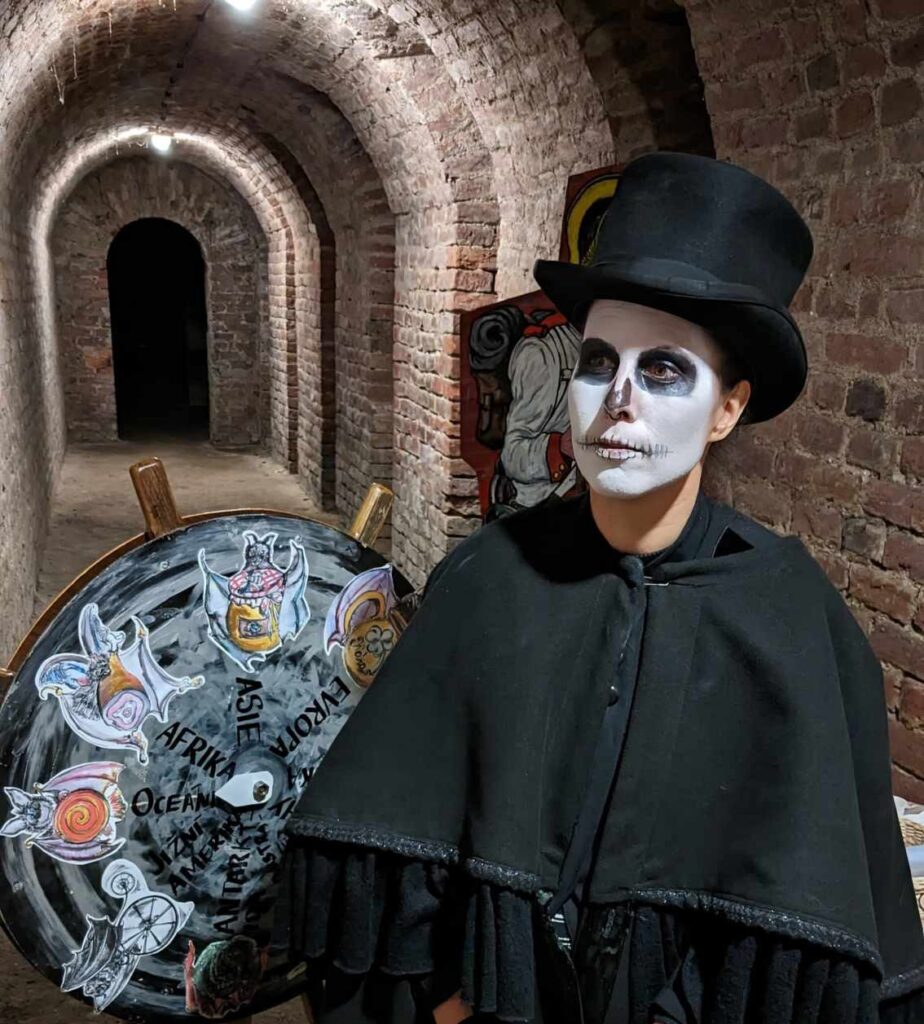
Why “Dracula”?
The only element of this event that does not directly relate to the history of our fortress is its very name — Dracula. The name originated in 2009, when the event was first organized by the local House of Children and Youth, an institution that serves as a home for children without parents. The idea for the name Dracula emerged naturally from the collective imagination of the organizers, inspired by the general awareness of the original Romanian legend. Of course, in the early years, the event primarily featured supernatural characters such as angels, devils, vampires, robbers, and witches. Real historical figures were gradually introduced along the route, and by 2016, they completely came to dominate the storylines. We continue to respect this traditional name, created within the specific context of an event for children without parental care. At the same time, the title Dracula has proven to be effective from a marketing perspective.
Comfort for Performers
The event lasts five hours each evening, running until 10 PM, so significant efforts are made to ensure the comfort of the actors and guides, especially since the underground setting can be quite cold in November. Each stage includes a chair and table (decorated appropriately with props such as cemetery pillars or crosses). Hot tea and snacks are provided to performers to help them stay warm and energized throughout the night and the costumes are designed to keep the performers warm during the cold underground hours. These provisions are essential for creating a positive working environment, allowing the performers to give their best while maintaining their well-being.
Partnership Principle and Community Involvement
The event is organized in partnership with local institutions, highlighting the importance of collaboration in tourism. A key partner is still the DDM Klíč (the mentioned House of Children and Youth), thanks to which we benefit from increased working capacities and the involvement of children in the event’s preparation. Also, the local primary school contribute by creating stage decorations (usually pictures as you can see on the photos), enhancing the visual impact of the event. Additionally, these children gain exclusive access to the event, as they are granted free entry. The collaboration under the ‘family of institutions’ principle truly works.
We also organize a small-scale preparatory event based on creative tourism principles “Vzpomínáme” (we remember). A small group of visitors takes an interactive tour with our coordinators to the cemetery, where new stories are reconstructed. This process also helps to generate ideas and stimulate imagination for the coordinators and preparatory work of the main event.
To sum up, visitors enjoy a unique experience, learning the fates of the characters. The combination of storytelling and atmosphere makes the event both entertaining and educational. The event is financially self-sustaining, underscoring the importance of presenting history in an engaging, experiential format.
Look at the 2025 Dracula Journey FB event page HERE
DaysHoursMinutesSeconds
Photos by the Tourist Area Bastion No. I and the Underground, by DDM Klíč, by Tomáš Jirouch and by Kateřina Kubizňáková.
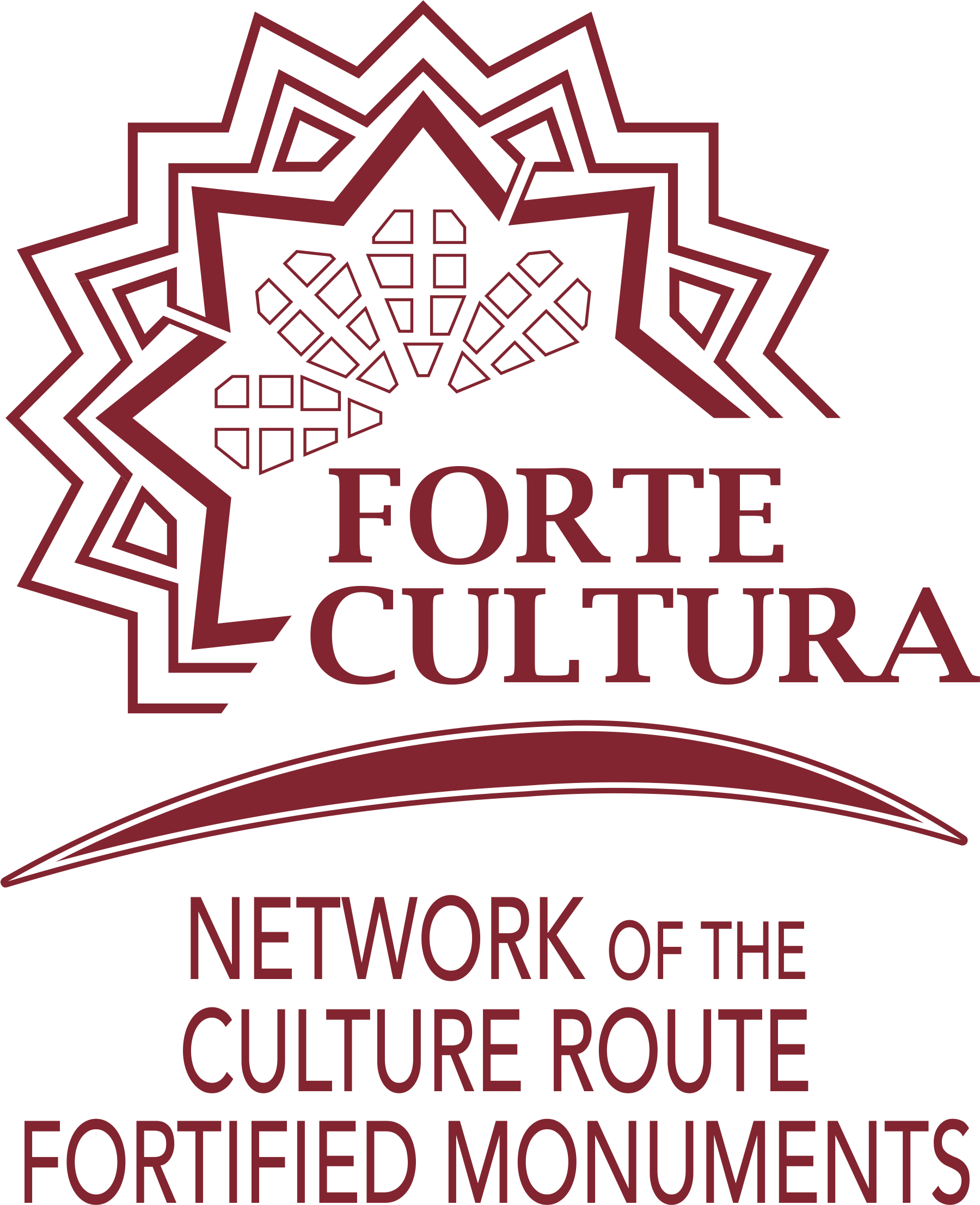
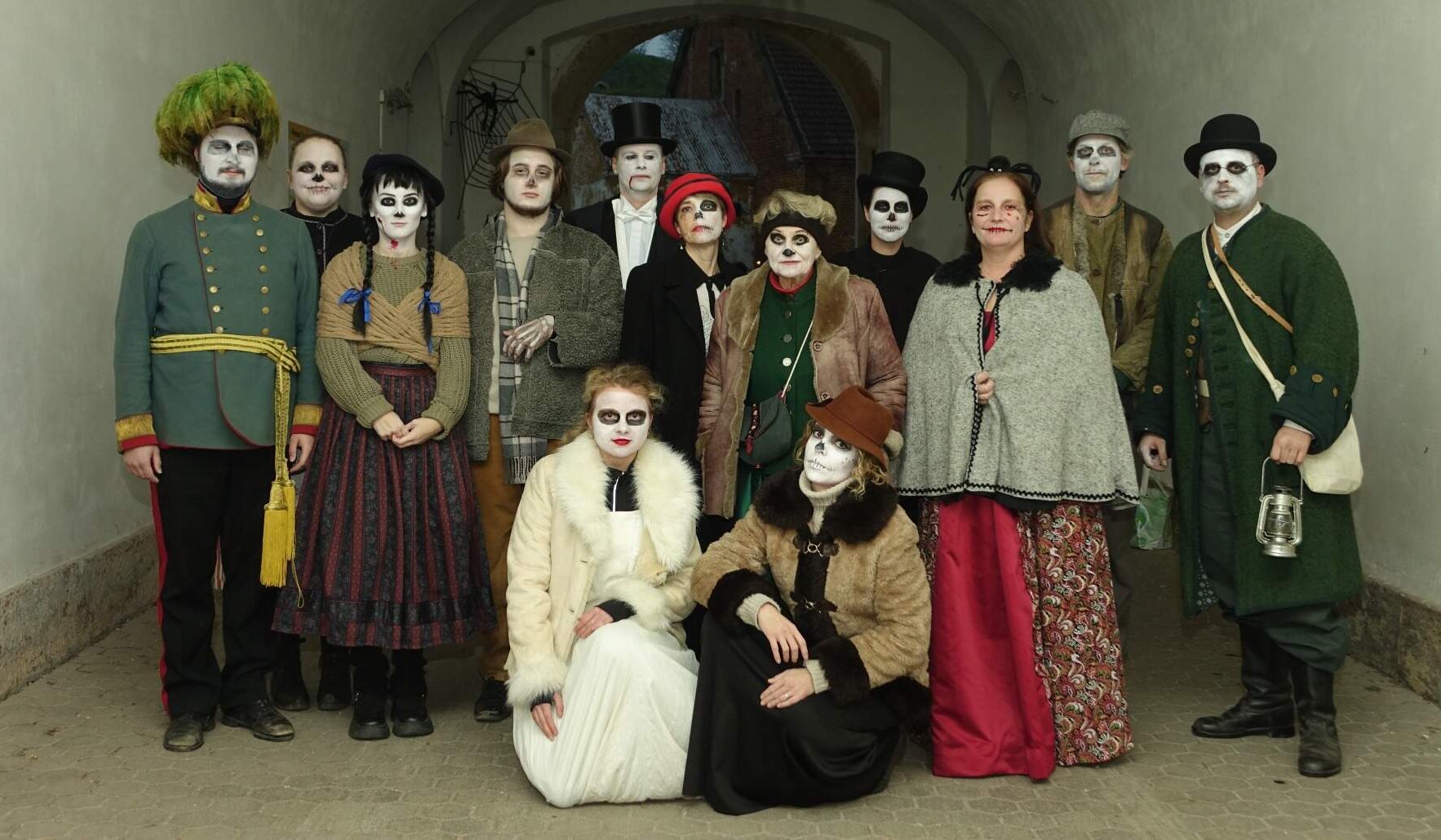
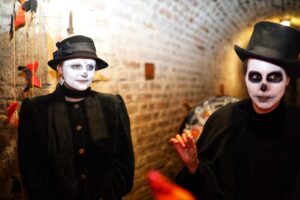
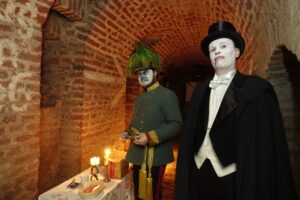
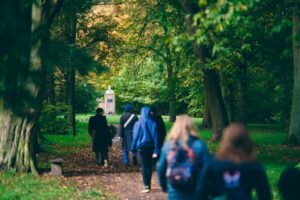
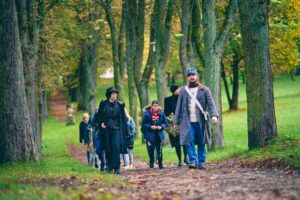
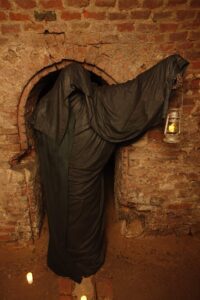
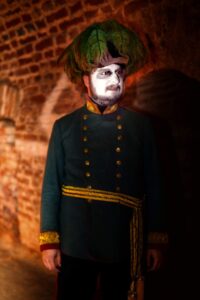
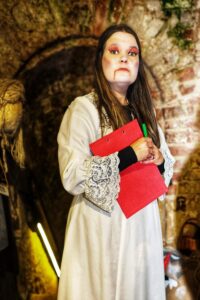
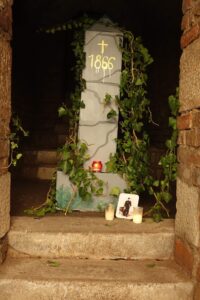
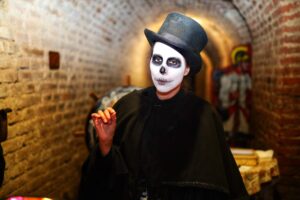
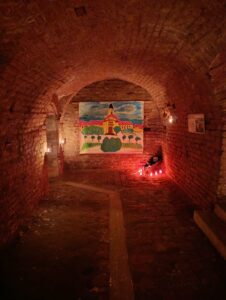
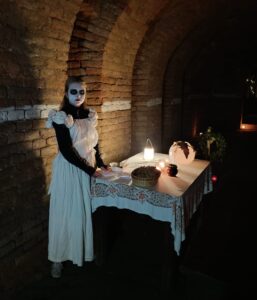
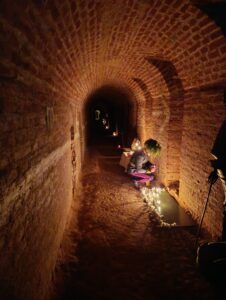
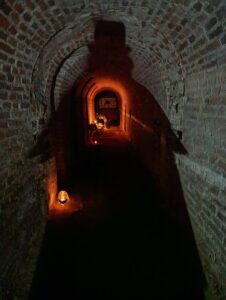
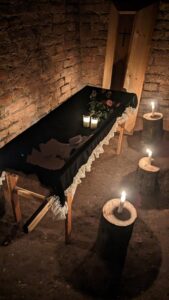
Leave a Reply